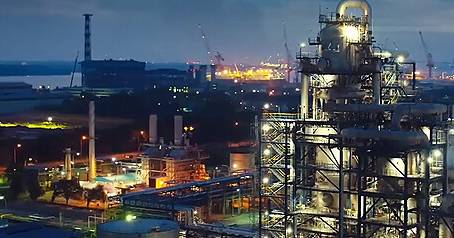Set . 28, 2024 18:41 Back to list
hdpe pipe jointing
HDPE Pipe Jointing Techniques and Benefits
High-Density Polyethylene (HDPE) has emerged as a crucial material in the construction and installation of pipelines across various industries. Known for its strength, flexibility, and resistance to corrosion, HDPE is especially favored for its ability to withstand challenging environmental conditions. One of the key aspects of establishing a durable HDPE pipeline is effective jointing, which ensures the integrity and longevity of the system.
HDPE pipe jointing is typically achieved using several techniques, each offering distinct advantages based on the requirements of the project. The most common methods include butt fusion, electrofusion, and mechanical jointing.
HDPE Pipe Jointing Techniques and Benefits
2. Electrofusion Electrofusion employs special fittings equipped with electric coils that heat the joint area when an electrical current is applied. This creates a fusion bond between the pipe and the fitting, resulting in a reliable connection. Electrofusion is particularly advantageous for smaller diameters and in areas where it may be challenging to align pipes precisely. Due to its versatility and efficiency, this method is widely used in various applications, from municipal water supply to industrial and agricultural uses.
hdpe pipe jointing

3. Mechanical Jointing Mechanical jointing utilizes mechanical fittings to connect HDPE pipes without the need for fusion processes. This method involves the use of compression fittings or clamps, making it a flexible choice for repairs and temporary connections. While mechanical joints may not provide the same strength as fusion joints, they are advantageous in situations where fusion methods are impractical. Their ease of installation and the ability to disassemble joints without damaging pipes add to their appeal.
Advantages of HDPE Jointing
Effective jointing plays a crucial role in maximizing the performance of HDPE pipes. The seamless connections formed through fusion methods minimize the risk of leaks, ensuring a reliable flow of fluids. Additionally, HDPE pipes are lightweight, making them easier to handle and transportation-friendly. Their resistance to corrosion and chemical damage extends the lifespan of the pipeline system, reducing the need for frequent maintenance.
Furthermore, the flexibility of HDPE allows for installation in challenging terrains and environments, reducing the chances of pipeline damage during natural events such as earthquakes or floods. The use of environmentally friendly materials in HDPE manufacturing aligns with global sustainability goals, making it a favorable choice for modern infrastructure projects.
In conclusion, HDPE pipe jointing techniques, including butt fusion, electrofusion, and mechanical jointing, provide reliable solutions for constructing robust pipeline systems. With the advantages of durability, flexibility, and resistance to corrosion, HDPE is set to play an increasingly vital role in the future of piping solutions.
-
Durable PP Rigid Sheet: Lightweight, Chemical Resistant Solutions
NewsAug.21,2025
-
PVC Grey Sheet for Extraction: Chemical Resistant & Durable
NewsAug.19,2025
-
Durable PVC Pipe Fittings for Plumbing & Irrigation Needs
NewsAug.18,2025
-
HDPE Steel Belt Reinforced Spiral Corrugated Pipe | High Strength
NewsAug.17,2025
-
HDPE Pipe Fittings: Durable, Leak-Proof Solutions
NewsAug.16,2025
-
Premium CPVC Sheet: High-Temp & Chemical Resistant Solutions
NewsAug.15,2025

